A dual language reader (book) can be an invaluable tool for providing comprehensible input, no matter what your level is in the target language.
Dual language texts have always played an important role in my language-learning journey. One of the first dual-language books I used was this French-English reader published by Bantam January 1, 1964.

I prefer to have a good translation of what I am reading right in front of me, so I don’t waste time looking up unfamiliar words and lose the flow of reading the story. There are some advantages of being forced to decipher meaning without the help of a translation, but looking up words and investigating their usage can still be done after reading a story or section.
Before the Internet Age, certain languages, such as Indonesian, Malay, and many others, presented challenges when looking up words due to their morphological characteristics. For example, Arabic, Hebrew, Amharic, and other Semitic languages often have intricate root-based systems, where words are derived from a three-letter root, it was essential to understand the root structure to navigate and utilize the dictionary effectively. A translation speeded up learning new vocabulary.
Sometimes the only dual-language material I could find for some languages was the Bible, such as this Afrikaans/English version:
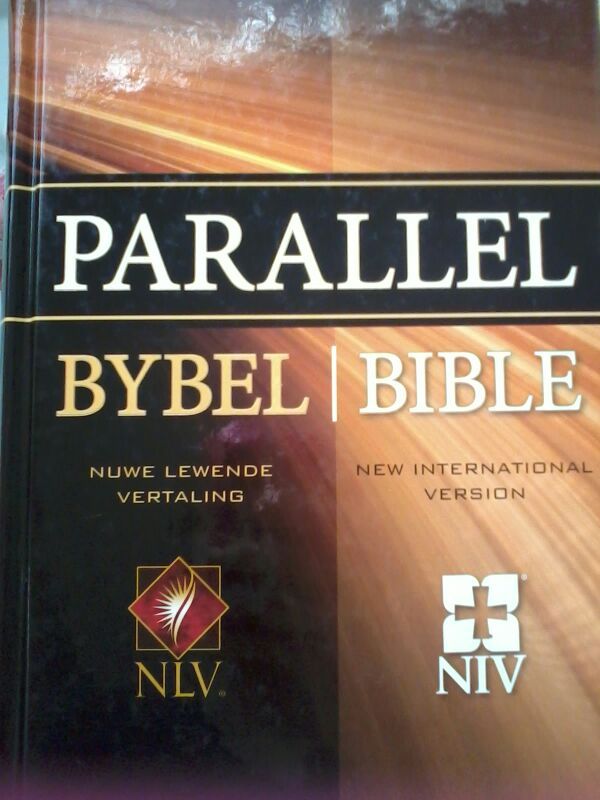
One effective way for me to study has been to create a story about my life, translate it into the target language with the help of a tutor and then have it recorded. This is particularly effective when the target language is similar to languages I already know well. Here is an example from my study of Slovak:
I took classes in Spanish from about age 12. I entered university earlier than usual at age 16. At Age 18 I decided to go study in Colombia. I attended Universidad de Los Andes for one year. There in Colombia, I also studied Portuguese, French and German. It was useful to study other foreign languages in Spanish. It was about that time in my life that I set a goal to learn all the major languages of the world, which I defined as more than 50 million speakers. Now 42 years have passed, and I am not so far away from achieving that goal and in the process I have learned and am learning minor or smaller languages.
Keď som mal dvanásť rokov, chodil som na lekcie španielčiny a začal som študovať na univerzite už skôr, vo veku šestnásť rokov. Keď som mal osemnásť, rozhodol som sa študovať v Kolumbii. Začal som chodiť na univerzitu a študoval som tam rok. V Kolumbii som tiež študoval portugalčinu, francúzštinu a nemčinu. Bolo to užitočné študovať cudzie jazyky v španielčine. Bolo to v čase môjho života, kedy som si dal za cieľ naučiť sa všetky hlavné svetové jazyky, to znamená jazyky, ktorými hovorí aspoň päťdesiat miliónov ľudí. Odvtedy prešlo štyridsaťdva rokov a ja nie som ďaleko od dosiahnutia tohto cieľa a som stále na ceste, tiež sa učím niekoľko menej známych, menej rozšírených jazykov.
I did the same with Greek. The short narrations I made inspired me to write my memoir and translate it into dozens of languages to create dual readers for myself and other learners.
Colombia is magnificent, and I visited all corners of the country during the year I spent at university in Bogotá. The country’s territory is divided from North to South by three branches of the Andes Mountains, and it has coastlines on both the Pacific Ocean and the Caribbean Sea. There are extensive plains towards the east, a semi-desert area in the north, and the Amazon rainforest in the south.
Η Κολομβία είναι απίστευτα όμορφη και εξερεύνησα κάθε γωνιά της χώρας κατά τη διάρκεια του έτους που πέρασα εκεί στο πανεπιστήμιο. Το έδαφος της Κολομβίας χωρίζεται από το Βορρά στο Νότο μέσω της οροσειράς των Άνδεων και έχει ακτές τόσο στον Ειρηνικό Ωκεανό όσο και στην Καραϊβική Θάλασσα. Εκτεταμένες πεδιάδες βρίσκονται προς τα ανατολικά της χώρας, μια περιοχή ημι-ερήμου στο Βορρά και το τροπικό δάσος του Αμαζονίου στο νότο.
Thus, I had in mind that my memoir would potentially be used as dual language book for language lovers around the world. Therefore:
- The chapters are short: between 2 to 8 pages providing an early sense of accomplishment when they are finished.
- The first 30 chapters tend to be shorter than the final 30 chapters.
- Rich vocabulary about a great variety of topics related to language, culture, psychology, philosophy, travel, history, etc.
1) Comprehensible Input
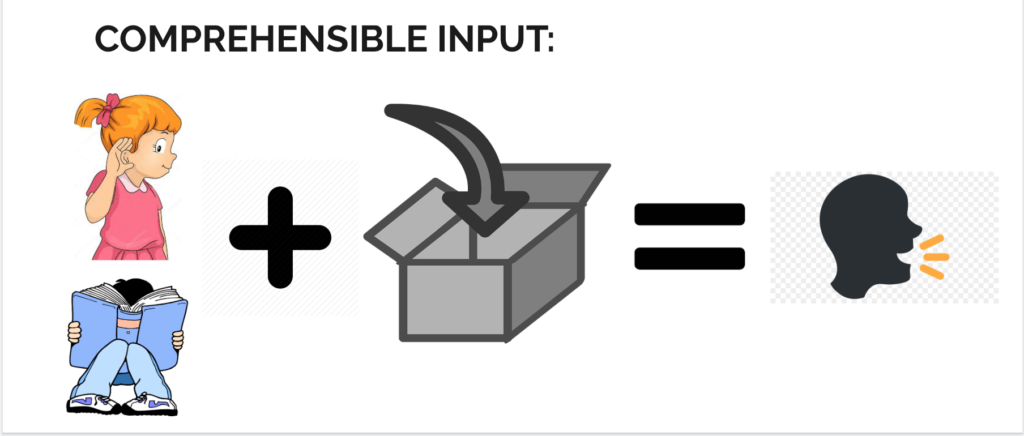
Image Source: Fluentkey.com
- Refers to language input that learners can understand even if they haven’t mastered all the vocabulary and grammar of the input.
- It is a key concept in foreign language acquisition as it provides learners with meaningful and understandable language experiences.
- Comprehensible input helps learners develop their language skills naturally, just as children acquire their first language.

Image Source: Sanako
When learners are exposed to language that is slightly above their current proficiency level but still understandable, they can:
- make connections,
- infer meaning,
and gradually internalize the language structures and vocabulary.
2) The Benefits of Using Dual Language Books
A dual language book presents texts in two languages side by side, typically with the target language on one side and the learner’s native or strong language on the other.
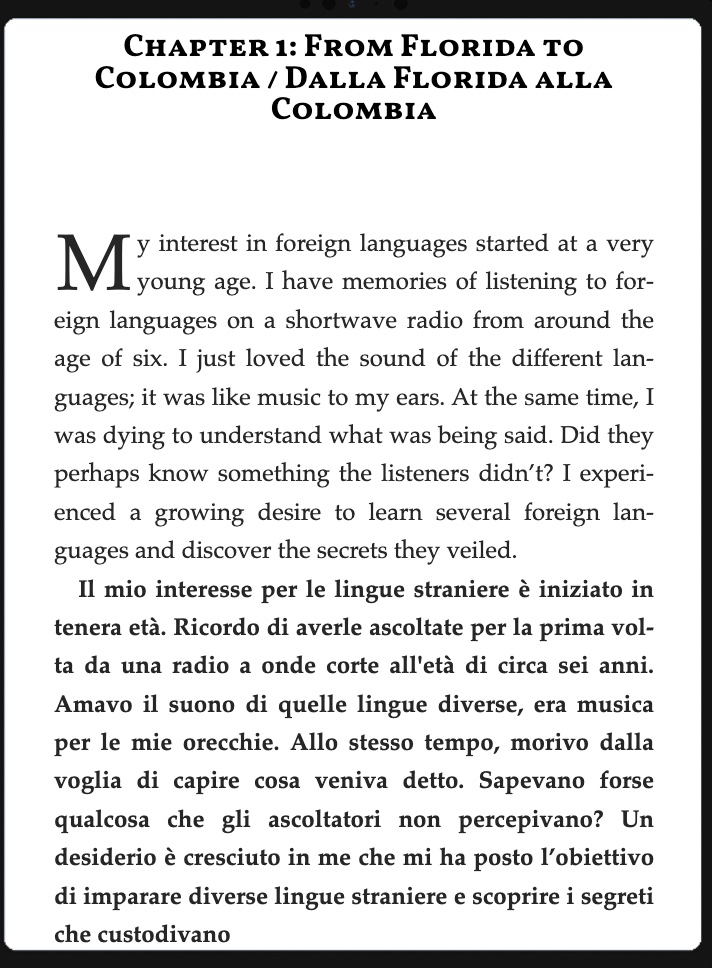
This format allows learners to easily compare and understand the content the target language, yielding the following benefits:

Image Source: EMC-English and Media Centre
2a) Vocabulary Acquisition
Dual language books help learners to:
- grasp the meaning of new words faster and more efficiently,
- expand their vocabulary in a meaningful and contextualized way,
associate new words with their corresponding meanings within a narrative, aiding retention and understanding.

Image Source: observatory.tec.mx
Our brains are wired to remember stories or narratives more effectively than random pieces of information.
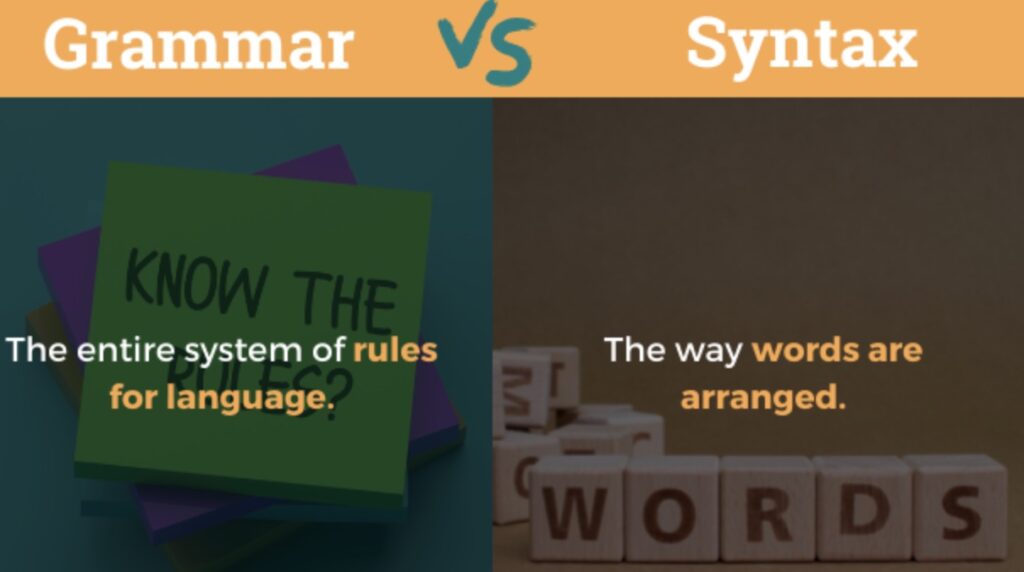
Image Source: ProWritingAid
2b) Grammar and Syntax
By comparing the structures and sentence patterns in the two languages, learners can:
- observe the differences and similarities in grammar and syntax,
- grasp the grammatical nuances and rules of the target language more easily,
- observe how sentences are formed in both languages,
identify patterns, understand grammar concepts, and internalize language structures more effectively.

2c) Reading Fluency
- Reading extensively in the target language is crucial for developing reading fluency.
- Learners practice reading in the target language with support through the text in their native or strong language.
- Learners navigate the text with greater confidence, promoting reading fluency and comprehension.
- The bridging effect enhances comprehension.
- Learners can quickly make connections between the known and unknown words, phrases, and ideas.

Image Source: cpet.tc.columbia.edu
2d) Contextualized Learning
- Learners make connections between the texts and comprehend the meaning of the target language more easily.
- The context provided by the native of strong language helps learners understand the structure, vocabulary, and overall message of the text.

Image Source: cpet.tc.columbia.edu
2e) Confidence Building
- Dual language books provide a sense of support and reassurance to language learners.
- Being able to reference the native or strong language alongside the target language helps learners build confidence in their comprehension abilities.
- It reduces the anxiety associated with encountering unfamiliar texts, making the reading experience more enjoyable and motivating.
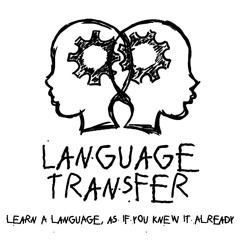
Image Source: soundcloud.com
2f) Language Transfer
- Dual language books facilitate language transfer, where learners apply knowledge from their native or strong language to the target language.
- By comparing the two texts, learners can identify similarities in vocabulary, idiomatic expressions, or grammatical structures, thus accelerating their language acquisition process.
Overall, dual language readers serve as an excellent source of comprehensible input in language learning. They offer a balanced and accessible approach to language acquisition, fostering vocabulary development, enhancing reading comprehension, improving grammar understanding, and providing cultural insights. Incorporating dual language readers into language study can greatly support learners in their journey towards proficiency and fluency.
3) A Great Tool for Learners at All Levels
Dual language readers are helpful for language learners at any proficiency level in the target language.
3a) Beginners
- The books provide a supportive environment to start their language learning journey.
- Beginners to grasp the meaning of the text in the target language much more easily.
- They can compare and match words, phrases, and sentence structures, which accelerates their comprehension and builds their foundational vocabulary.
- With the audiobook, they can improve their listening comprehension.
3b) Intermediate Learners
- Intermediate learners expand their vocabulary and reinforce their grammar knowledge.
- Bridge the gap between their current proficiency level and more complex language usage.
- Better observe how native speakers express ideas, use idiomatic expressions, and structure sentences.
3c) Advanced Learners
- By reading texts in both languages, they can refine their understanding of more subtle nuances, idiomatic expressions, and cultural references.
- The books provide an opportunity for advanced learners to fine-tune their language skills, explore literary works, and deepen their cultural knowledge.

